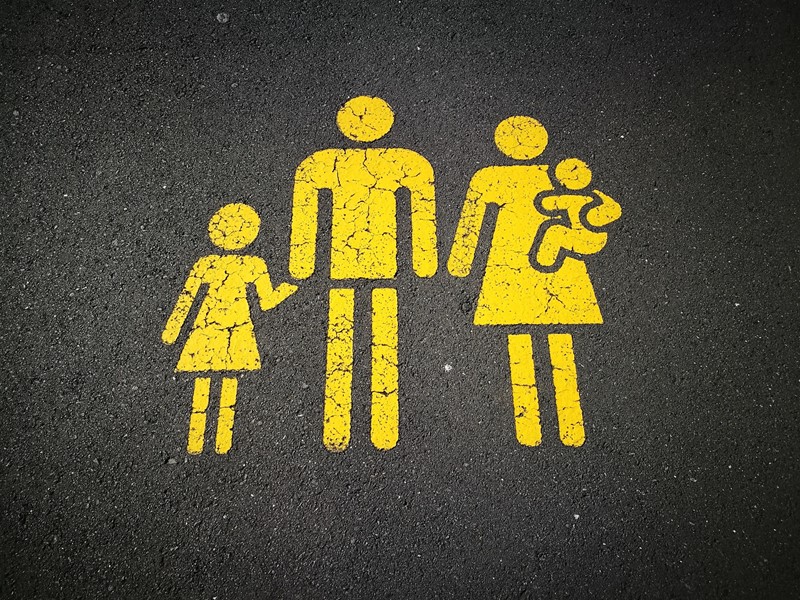- GMHC
-
Getting Started
-
Wondering where to start?
-
 We're your guide. What can this community do for you? Learn more
We're your guide. What can this community do for you? Learn more
-
-
Mobilization
-
Heed the call!
-
 Community Challenges Activate your journey to the field! Read Article
Community Challenges Activate your journey to the field! Read Article -
 Search Jobs Community Job Board Read Article
Search Jobs Community Job Board Read Article
-
-
Resources
-
Learn & Connect
-
 Upcoming Events Learn from the experts in healthcare missions & connect with others. Register Now
Upcoming Events Learn from the experts in healthcare missions & connect with others. Register Now
-
-
Community
-
Connect With the Community
-
 Member Lounge We're all in this together! Join the conversation.
Member Lounge We're all in this together! Join the conversation.
-
- Store
- Log In
Welcome to the MedicalMissions.com Podcast
This is a series of sessions from leading experts in healthcare missions.
Exploring Full Time Missions

Exploring the Journey to Full-Time Missions: Agencies, Funding, Singles/Families, God’s Guidance
Marriage, Family & Missions

Marriage, Family and Missions- Joys, Challenges and Pitfalls: Reflections from those who have walked the road before.
Making Social Media Work for You
by Jon Ralls
- Afghanistan
- Armenia
- Croatia
- + 219 more...

How to leverage and use social media to find seekers, supporters, and more for your non-profit or ministry.




